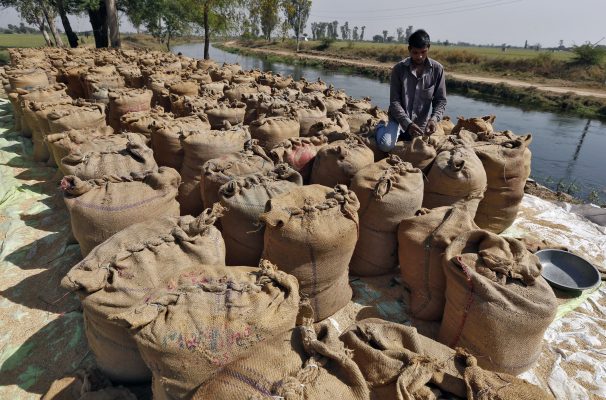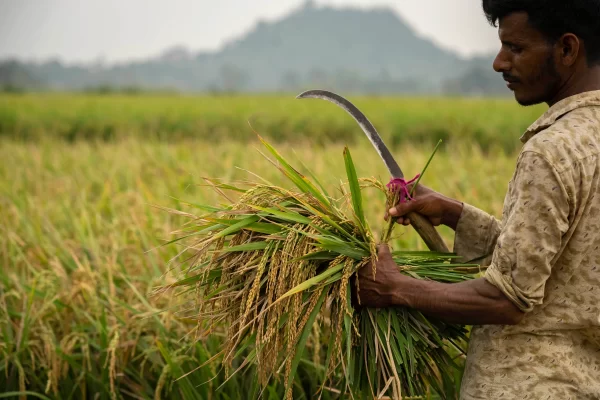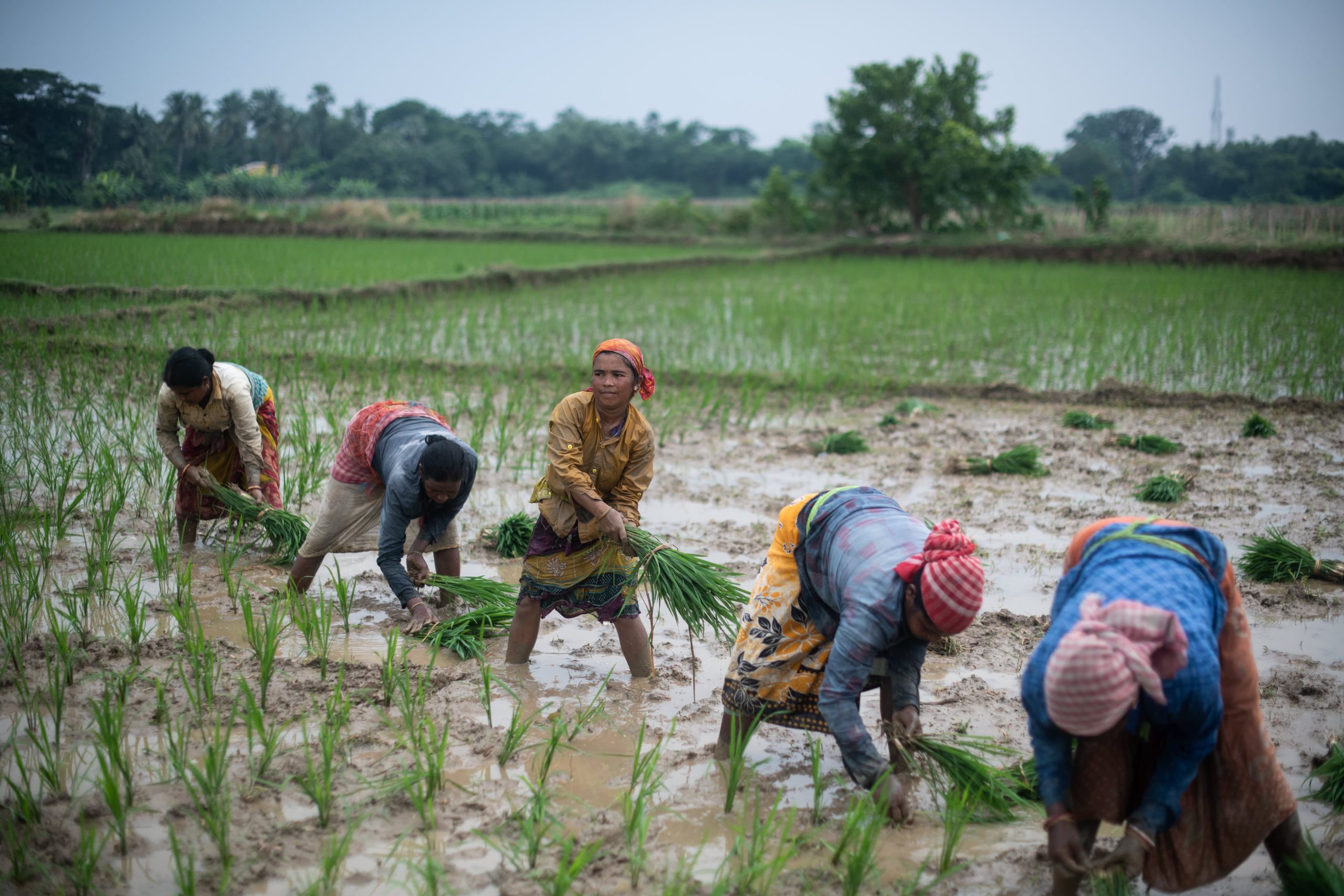India’s Rice Export Ban: A Potential Global Price Hike Trigger
India, the world’s top rice exporter, has suddenly put a stop to the exports of non-basmati white rice. This move, known as India’s Rice Export Ban, is part of the government’s efforts to control high food prices within the country.
The Ministry of Consumer Affairs believes that this ban will ensure enough availability of non-basmati white rice in India and help control the rising prices in the domestic market.
The Impact of India’s Rice Export Ban on Global Trade
India plays a significant role in the global rice trade, contributing more than 40% of it. Therefore, India’s Rice Export Ban could potentially send the already high global rice prices soaring further.
This situation is further complicated by the country’s previous ban on broken rice shipments in September. The impact of India’s Rice Export Ban could be substantial. Especially since India is the world’s second-largest rice producer after China.

Countries like Bangladesh and Nepal, which are top export destinations for Indian rice, are likely to be the hardest hit by India’s Rice Export Ban.
The ban could also worsen food insecurity in countries that heavily rely on rice. Other African countries and China, which import a significant amount of Indian rice. They could also feel the impact of India’s Rice Export Ban.
The Potential Alternatives and Repercussions
With India’s Rice Export Ban in place, importers might have to look for alternative suppliers in the region, such as Thailand and Vietnam.
However, the reduction in global rice supply could lead to panic reactions and speculation in the global rice markets, exacerbating the price increase. The impact of Rice Export Ban could be felt in the form of higher global rice prices.
Rice prices are already at a decade-high, partly due to tighter supplies when rice became a more attractive alternative as prices of other major grains surged. This surge was a result of Russia’s invasion of Ukraine in February 2022.

With Rice Ban, rough rice futures rose 1% higher to stand at $15.8 per hundredweight (ctw) following India’s announcement.
India is currently grappling with high prices of vegetables, fruits, and grains. For instance, tomato prices in India have surged more than 300% in recent weeks due to adverse weather.
The country’s inflation is likely to hit 4.58% year-on-year due to soaring food prices. Rice Export Ban is a measure to control this situation.
Experts predict that global rice prices will rise further due to India’s share of the global market. Prices could even surpass second-quarter highs when rough rice hit $18-levels per cwt. The impact of Rice Export Ban could have long-lasting effects on the global rice market.





